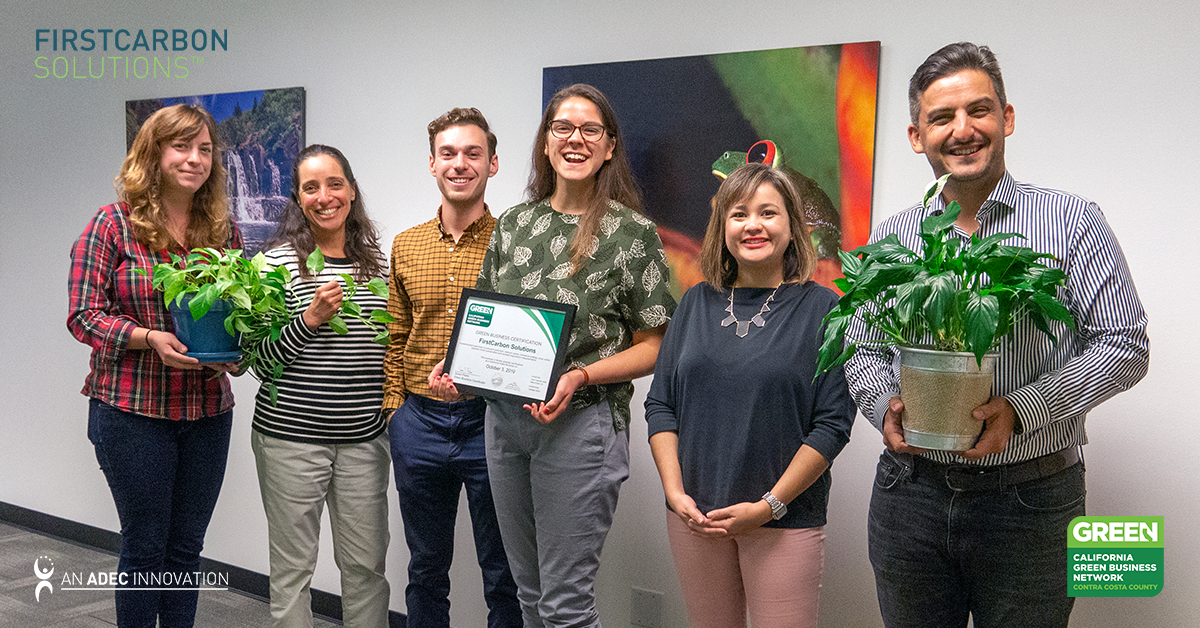4 Ways Sister Cities are Connecting Global Communities
Chances are, you have seen signs around your city declaring a relationship with a ‘Sister City’ on the other side of the globe. It sounds important, but what is a Sister City, and how do these relationships work in practice?

By Mary Bean
July 24, 2018

Chances are, you have seen signs around your city declaring a relationship with a ‘Sister City’ on the other side of the globe. It sounds important, but what is a Sister City, and how do these relationships work in practice?
For the answer, journey back to 1956, when President Eisenhower hosted the first People-to-People conference. The aim of the conference was to foster peace by building bonds between communities across the world. Sister Cities International (SCI), a non-profit organization created to help communities achieve this aspiration, was born out of that conference. Today, SCI has over 500 member cities, counties, and states in the US, who have partnered with over 2,100 municipalities in 145 other countries across the world.
SCI’s mission is to develop peace and prosperity worldwide, through person-to-person interaction and exchange that transcends national boundaries and governmental action. This interaction is facilitated by Sister City relationships, long-term partnerships between the communities of two cities, counties or states. Each Sister City partnership is completely independent, and they differ in many ways. Some partnerships involve a handful of volunteers; some hundreds. Some are led by a community-appointed board of directors; others by committees, local organizations such as museums, or mayors’ offices. Most importantly, each partnership focuses on specific projects that the cities involved decide are important to them and their communities.
Although this independence is a key tenet of the Sister Cities movement, there is a lot of common ground between SCI members. In general, Sister Cities focus on four main areas of exchange:
- Arts & Culture: Sharing cultural traditions, from music and art, to food and fashion, is a powerful way for two communities to learn from each other. The types of cultural exchanges arranged by different Sister Cities are impressively diverse. In 2017, Council Bluffs, Iowa and Herat, Afghanistan celebrated their new Sister City status with simultaneous joint exhibitions of women’s photography from each city, while Houston, Texas and Karachi, Pakistan collaborated to organize an annual Houston Iftar Dinner for the 16th year running.
- Business & Trade: Sister City programs organize trade delegations, boost tourism and create connections between a wide variety of institutions and businesses. In 2017, for example, Atlanta, Georgia and Toulouse, France launched the second iteration of their International Startup Exchange, providing innovative small companies a platform for global expansion.
- Community Development: Officials, businesses and other community members in Sister Cities have unique opportunities to learn from each other in policy areas such as sanitation, water, health, transportation, tourism, sustainability, economic development and education. Sister City communities are also well-placed to provide assistance to each other in times of crisis. During recent regional conflicts in Ukraine, for example, residents of Birmingham, Alabama sent more than three tons of medical supplies to refugees and volunteers in Sister City Vinnytsia.
- Youth & Education: Youth opportunities are a critical part of many Sister City programs. Common activities include school exchanges, institutional visits and sports tournaments. Last year’s Global Youth Ambassadors Leadership Summit in Chicago, Illinois is one such source of inspiration, for the young women who will become leading members of communities in Chicago and its Sister Cities.
In an increasingly connected world, the ideals and aims of SCI are as important now as they have ever been. We still face the challenge Eisenhower identified over 60 years ago: working, together, to develop “not one method but thousands of methods by which people can gradually learn a little bit more of each other.” Sister Cities are taking steps to make these connections every day - city by city, community by community, person by person.
ADEC Innovations is a leading provider of ESG solutions, including fully-integrated industry expertise, software solutions and data management. To stay current on global sustainability issues, subscribe to our monthly newsletter, GreenWatch.
Related Articles
FCS, Sister Cities International, communities
By Mary Bean on December 2, 2020
Sustainable Development Goals | Sister Cities International | Business resiliency
By Megan Crawford on November 19, 2019
Natural Resources Management | FCS | Forests
By Kathleen McCully on October 29, 2019
FCS | CSR | California Green Business Certification | sustainable practices | sustainable business
Be a sustainability leader.
Our team supports you no matter where you are on your Sustainability Journey. Talk to us today to learn more.




